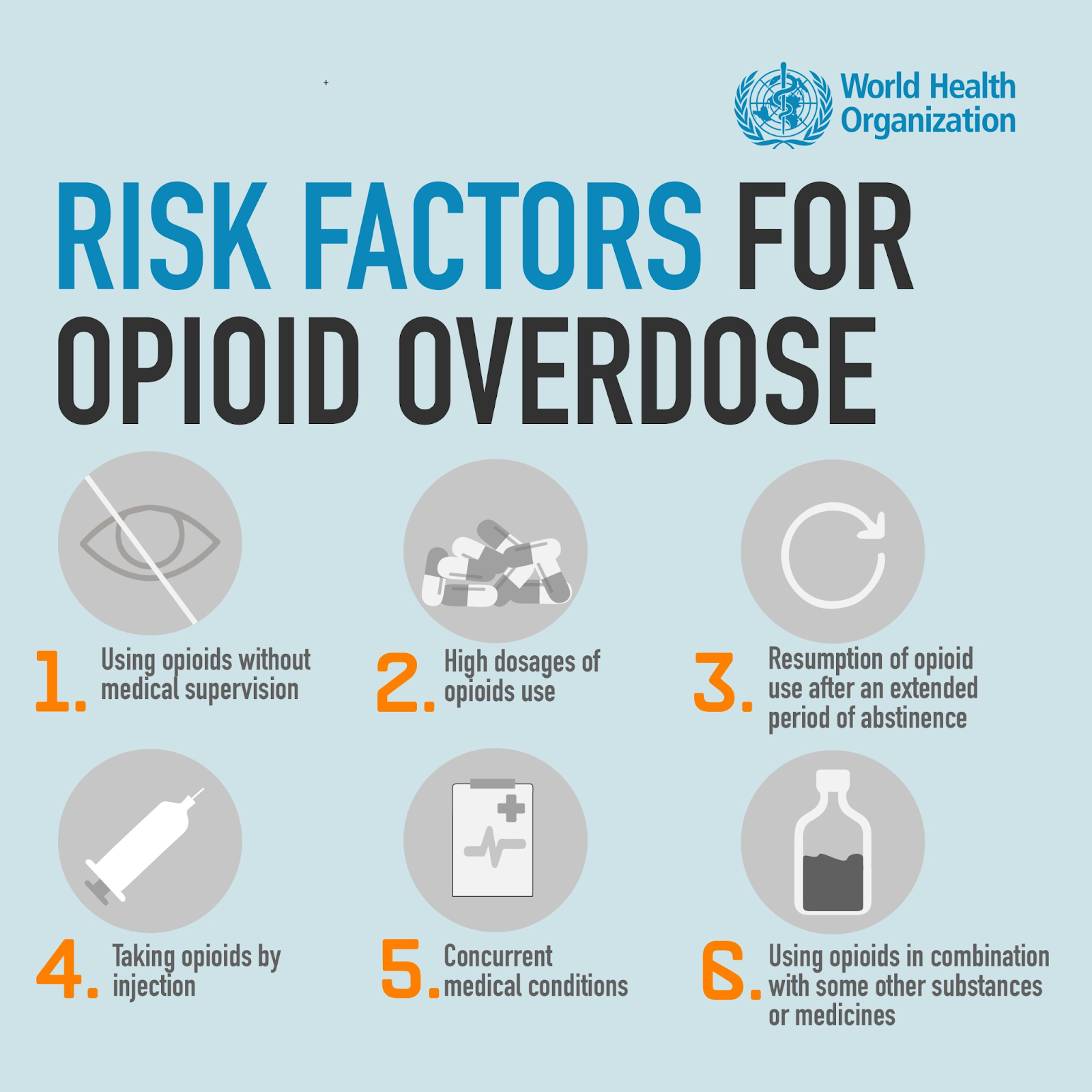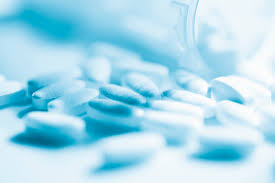Preventing an Overdose (Mixing Medications)
CDC data indicates more than 80% of drug overdose deaths involved opioids.

- Using opioids without medical supervision
- High dosages of opioids use
- Resumption of opioid use after an extended period of abstenence
- Taking opioids by injection
- Concurrent medical conditions
- Using opioids in combination with some other substances or medicines
Dangers of mixing prescription medications, alcohol, and/or illicit substances
Taking some prescription medications, illicit substances, and/or alcohol together can result in dangerous side effects such as decreased respiration and heart rate, can lead to coma, cardiac arrest, and death. Due to potentially life-threatening side-effects, individuals should consult with their prescribing physicians about any prescription, over the counter, or other medications the person is taking to decrease the risk of an overdose incident.

Patients taking MAT drugs should continue to take these medicines as prescribed. Do not stop taking other prescribed medicines without first talking to your health care professional. Before starting any new medicines, tell your health care professional that you are taking MAT. Do not take non-prescribed benzodiazepines or other sedatives (See Table 2 - List of Benzodiazepines and Other CNS Depressants in the link below) or use alcohol when taking MAT because the combined use increases the possibility of harm, including overdose and death. FDA Drug Safety Communication: FDA urges caution about withholding opioid addiction medications from patients taking benzodiazepines or CNS depressants: careful medication management can reduce risks.
Alcohol: Alcohol is a nervous system depressant; taking it with opioids (including MAT opioid agonist and partial agonist medications) can lead to dangerous complications, including respiratory problems, low blood pressure, a weak heart rate, and coma. Taking both opioids and alcohol at the same time can also increase the risk of an overdose.
According to the CDC, 107,735 Americans died between August 2021 and August 2022 from drug poisonings, with 66 percent of those deaths involving synthetic opioids like fentanyl.
Illicitly Manufactured Substances: Fentanyl (a highly potent synthetic man made opioid, which is often mixed into other drugs such as cocaine, heroin, and methamphetamine or sold as “prescription pills” mimicking prescription tablets, pills, and gel capsules ), Xylazine (non-opiate sedative, analgesic, and muscle relaxant), Heroin and Carfentanil.

